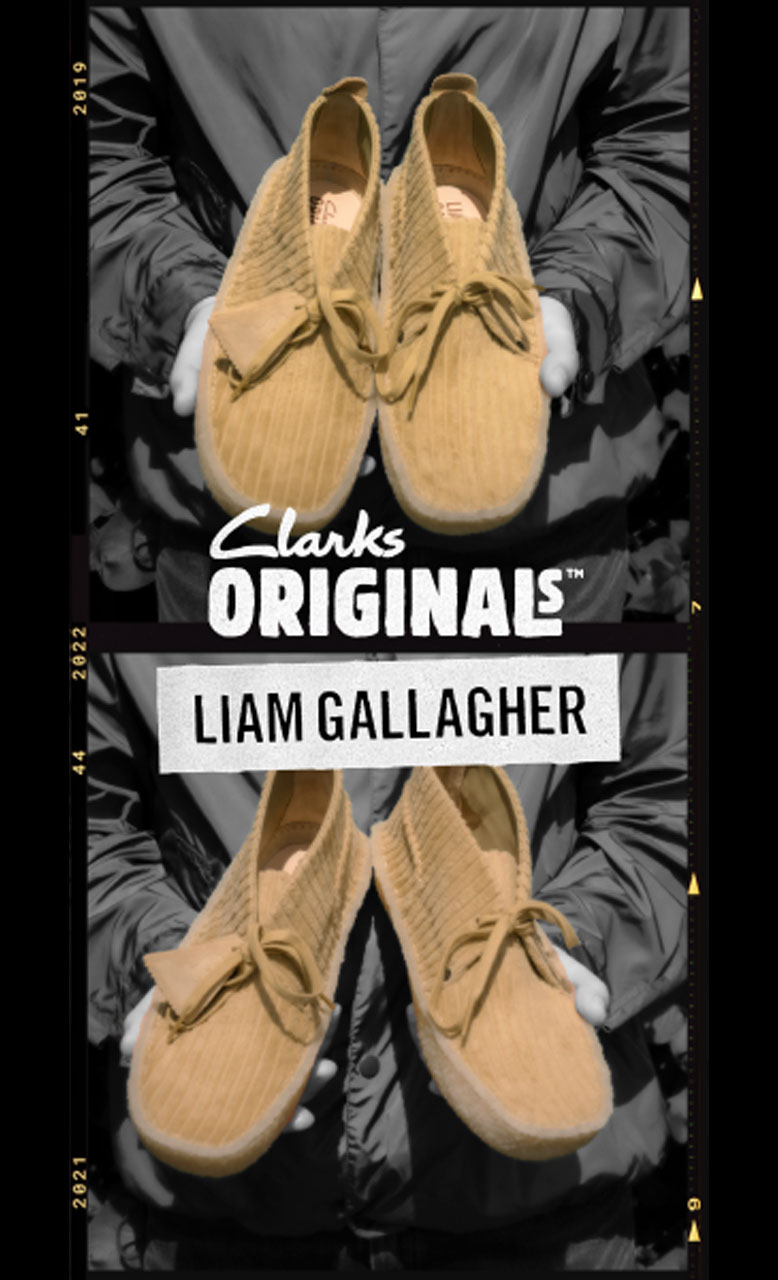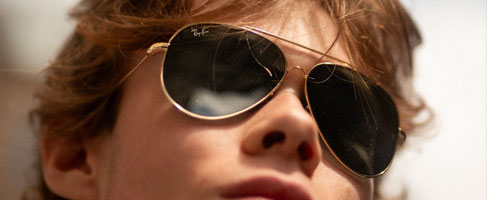A Quick History of Sunglasses
 |
27th June is International Sunglasses Day - an annual event which aims to highlight the importance of wearing sunglasses to protect your eyes from the sun’s ultraviolet (UV) rays.
Sunglasses have been a popular fashion accessory since the 1930s but the history of sunglasses predates this by quite a way. Here’s a quick look at the history of the coolest eyewear ever.
The Origins of Sunglasses:
 |
Since prehistoric times, Inuit people made and wore snow goggles (a.k.a. ikgaak or nigaugek) to protect their eyes from snow blindness, often made from walrus or caribou ivory. The image above shows a pair of walrus ivory snow goggles dating from c.800 to 1200AD and created by the proto-Inuit Thule culture of Alaska. The snow goggles featured narrow slits that blocked out a lot of light and helped limit or eradicate the damage that strong sunlight in icy conditions could cause.
In China sunglasses were used in the 12th century, or possibly earlier. These sunglasses were made from flat panels of smoky quartz called Ai Tai, meaning ‘dark clouds’. These glasses only protected the wearer from glare however, not from harmful UV rays or anything else. Similarly, by the 18th century, Venetian women and children used ‘gondola glasses’ - tinted mirror-like framed Murano (Venitian) glass to shield their eyes from the glare from the water in the canals.
Then in 1752, an English option and scientific instrument maker, James Ayscough began to experiment with tinted lenses. He made spectacles with double-hinged side pieces and although he made clear lenses, he recommended blue or green tinted lenses to treat some vision problems. These glasses are widely considered to be the forerunner of sunglasses.
Journalist, Jean-Marie-Théodore Fieuzal was the first to argue in print that yellow tinted glasses offered protection against UV rays in the 19th century and by 1899, German lens and spectacle frames company, Rodenstock GmbH had made what is considered to be the first pair of sunglasses that offered protection both against the glare of the sun and UV rays.
|
William Crooks in his laboratory |
In 1913, British chemist and physicist, William Crookes, invented a lens which completely blocked all ultraviolet light. Crookes Lenses as they became known were made from glass containing cerium, but were only lightly tinted. They were an unintended by-products of Crookes’ research into finding a lens glass formulation that would protect glass workers from cataracts.
Sunglasses as Fashion Accessories
In the 1920s shorter hair styles became fashionable, spurred on by the rise of Hollywood and movie stars who took to wearing their hair short. This created a problem for plastics company, Foster Grant. In the 1850s celluloid had been invented. Foster Grant used celluloid to manufacture combs, replacing tortoiseshell and ivory materials used previously. As actresses took to wearing short hairstyles - and many others copied them - it caused a collapse in the comb market, and a severe sales decline for Foster Grant’s major product. So, in 1929 Foster Grant began to sell the first mass-produced sunglasses, intended for fashion as well as practical use. Under the Foster Grant brand, the sunglasses were sold from a Woolworth on the Boardwalk of Atlantic City, New Jersey, to the beach-goers. Sales increased with advertising campaigns featuring Hollywood stars and Foster Grant became one of the first major sunglasses brands.
In the 1930s sunglasses popularity as a fashion accessory continued to increase. An article appearing in Life magazine in 1938 stated that over 20 million pairs of sunglasses had been sold in the USA in 1937, but estimated that only about 25% of wearers needed them to protect their eyes - showing that sunglasses as a fashion item had now overtaken the practical and medical use.
But innovation in sunglasses technology still continued. 1937 was significant for another reason - it was the year that one of the world’s most famous sunglasses brand was established, Ray-Ban. Ray-Ban started life in the practical use category. The name derived from the idea that the sunglasses, specifically Aviator sunglasses, would ‘ban’ the sun’s rays from the eyes of pilots. The Aviator was the first Ray-Ban style and a world first for this iconic style of sunglasses.
The prototype Aviator was created in 1936 and known as "Anti-Glare". Designed specifically for pilots, they had plastic frames and green lenses that could cut out the glare without obscuring vision. Impact-resistant lenses were added in 1938 and the following year they were redesigned again with a metal frame and patented as the Ray-Ban Aviator - a style still made in both classic and new designs by Ray-Ban today.
 |
Lastly, in this quick history of sunglasses, polarised lenses need a mention. A 'polariser' is an optical filer that allows some types of light waves through while blocking light waves of other polarisations. Polarised sunglasses were first available in 1936, when Russian-American scientist and inventor, Edwin H. Land began experimenting with lenses with his patented Polaroid filter (and yes, that is where polaroid photos came from as well). Polarised sunglasses lenses reduce glare reflected at some angles off shiny non-metallic surfaces, such as water. They allow wearers to see into water when only surface glare would be seen otherwise, and eliminate glare from a road surface when driving into the sun.
Hope you have enjoyed this very quick look at the long history of sunglasses to celebrate International Sunglasses Day. As with most enduring fashion items, the roots are in practicality and necessity. We have further looks at the history of Ray-Ban and their iconic sunglasses styles on our blog too for further reading.









